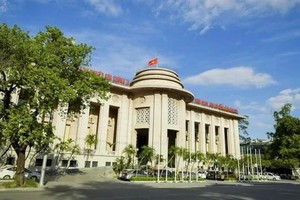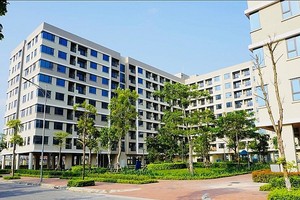Many commercial banks announce to earn positive profits, while many businesses have to reduce operation and lay off staffs in an attempt to survive the economy meltdown.
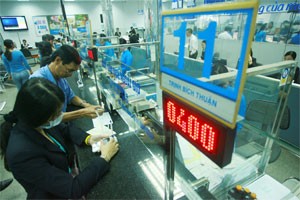
Statistics show many lenders achieved booming earning results in the first six months of the year, making 40-50 percent of this year’s target.
Sacombank, Vietnam’s fifth largest partly private lender by assets, announces in a financial report that it earned a pretax profit of VND1.5 trillion (US$75 million) in the first half, an equivalent of 55 percent of its goal this year.
Ho Chi Minh City-based DongA Bank made a pretax profit of VND676 billion in the first two quarters, equal to 52 percent of 2011’s target.
Vietcombank, the country’s third biggest bank by asset, earned around VND3 trillion in the first half.
Small-cap banks including ABBank and Western Bank are also among the gainers, making a pretax profit of VND308 billion and VND168 billion respectively.
Lender directors admit that it is inappropriate to announce positive financial results during the current difficult time, when enterprises are struggling to weather an economic turmoil.
Financial experts say lenders always earn a 3-3.5 percent profit margin after expenses no matter what interest rate cap the government sets.
Many banks remain eager to offer high depositing rates, while complaining they grapple to cool lending rates due to high-cost deposits, as they still have clients willing to borrow high-cost mandatory and interbank loans.
“Therefore, despite high lending rate, lenders still made healthy earning, while enterprises incurred losses,” a director of a HCMC-based bank told Dau Tu Tai Chinh Newspaper.
The State Bank of Vietnam last month asked commercial banks to cut expenses to gradually reduce interest rates and set a preferential lending rate for small- and medium-size enterprises in agriculture and auxiliary sectors.
However, many enterprises say they have struggle with capital shortage due to expensive loans.
Figures show credit growth rate amounted to 7 percent only in the first six months of the year.
Economist Huynh Buu Son warns that lending growth in the first half mainly came from banks’ debt rollovers, which convert non-production credit to production one.
Son says the government should set up preferential policies encouraging enterprises in production sector to curb the issue.
The State Bank of Vietnam in March 1 ordered all lenders to restrict non-manufacturing credit at 16 percent by the end of the year. It targets annual credit growth of 20 percent for 2011.





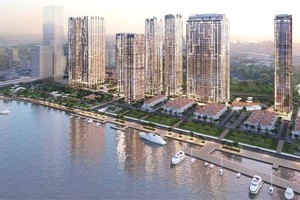



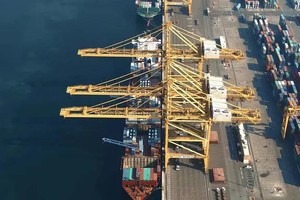

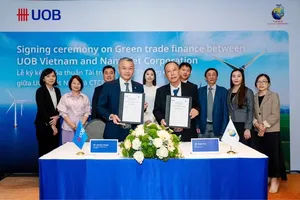

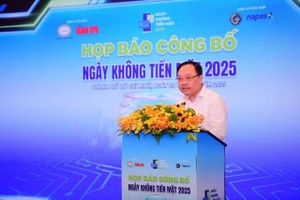
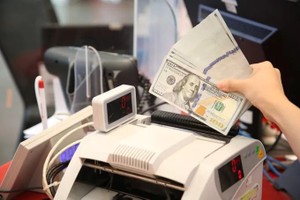

)
